Although it seems like the wrath of Mother Nature will never end here in New England as snow keeps piling up outside, property managers soon will have to take stock of the winter damage done to condo and HOA properties throughout the region. The damage that was left behind is certainly evident, including broken tree limbs, weather-damaged landscapes, roof damage and literally, a flood of ice dams.
“The first nice day, residents are going to want their property to look perfect,” says Leslie Reichert of Northbridge, Massachusetts, known as The Cleaning Coach.
While urban high-rises with lobbies and suburban townhouses surrounded by expanses of lawn face different issues now with the mounds of snow surrounding them, it’s just a matter of time before you need to take a good hard look at every component of the property. And a key to this effort is developing a thorough checklist.
Begin the process simply by using a clipboard and taking a long, slow walk around the property, taking notes on what needs to be fixed, cleaned or repaired, such as snow blower and snow plow damage. Snow plows can rip up driveways, damage mailboxes and tear up landscapes.
Do Your Due Diligence
“Managers need to do walk a walk-through of the property at different times of the day and night,” says Reichert. “Early morning will give natural light to see certain things that might not be visible with indoor lighting. And a nighttime walk will show off lighting and deep cleaning that will need to be done. Managers should be looking for things that need repair, painting or cleaning.”
Adam B. Williams, a principal with Paradigm Partners, Inc., a full service property management company in Westwood, Massachusetts, says that his property management team uses a comprehensive checklist to note all items that need addressing. “The exterior items include checking all roadways, sidewalks, balconies/patios, lawns and landscaped areas,” he says. “Interior items include walls, flooring/carpeting, ceilings, etc.”
Williams says that especially after this brutal winter, roofs are taking the brunt of the snow and the ice. Be wary of damage to flashing and shingles and look out for the formation of ice dams. “Pay attention to pitched roofs to make sure shingles have not blown off and check flat roofs for signs of stress, including separating seams or water penetrating the membranes,” he says. “Check the siding and trim for peeling paint or winter damage, the walkways for cracks or tripping hazards and the hallways for damage to carpet and walls.”
Sidewalks and driveways can also take a lot of abuse from salt and remember that building systems, especially boilers, are constantly running during the winter months. “The furnace takes the biggest hit in the winter and should be scheduled for checks monthly to prevent breakdowns when it is under extreme stress,” says Reichert. “Property managers should be assessing regular maintenance items as well as damage. They should have a schedule of building systems that need to be looked at and set up on a schedule.”
A spring cleaning plan should also include a list of things to do, as well as any long-term projects that need to be started, have been overlooked or have been put on the back burner for various reasons.
A To-Do List
“If we already have a working relationship with the property, we start talking in September about landscaping for the next year,” says Bart Poulin, owner of Greener Horizon LLC in Middleboro, Massachusetts. “For example, if the property has a struggling lawn, we create a game plan in September for what they can do to make their turf look better and lush, such as fertilization, composting, aeration and seeding, but these things don’t happen until spring.”
“Usually, we develop a long-term plan to resolve any property issues that may be pushed back due to things such as budget,” says Michael Schoeni, a licensed arborist with SavATree & SavaLawn in Norwalk, Connecticut. “Proper control of broadleaf weeds, insects and proper fertilization also needs to be done at precise times during the year and this can sometimes be hampered by getting off to a late start.”
When it comes to a landscaping to-do list, Poulin says it’s time to aerate the lawn, pull out dead grass and get crab grass under control. Aerating the lawn means to poke holes in it, using a pitchfork or aerating machine, so that the air and water can penetrate the soil’s surface. “Also, remove any annuals, perennials or grasses that haven’t been cleaned up during the fall,” he says.
And finally, it’s important to plan for mulching, weeding, edging and mowing. “This is something that is best carried out by a landscaping firm that has a good working relationship with the arborist or lawn care company,” says Schoeni. “Communication about proper mowing height, irrigation, weed control, mulching, and developments on the landscape is crucial between these companies.”
The biggest spring cleaning item for the landscape that requires a budget and annual planning is tree maintenance, which should happen about twice a year. Trees with dead limbs from the weight of the previous snowfall can cause accidents and damage to the property and its tenants. According to the National Storm Damage Center, damage caused to trees by severe weather accounts for more than $1 billion in property damage in the United States each year. Trees should also be examined for disease.
However, pruning overgrown tree limbs can also be overlooked until it becomes too late and then very costly to repair. “Some sites have a lot of mature trees, so there should be a program in place to stay on top of tree pruning, so things don’t get out of control and they don’t get overgrown,” says Poulin.
Work with Boards and Committees
During the initial interviewing and fact finding with a property, Schoeni says that his company is often asked to do inspections with members of landscaping committees or boards. “This is most valuable for us to discover what the residents’ main concerns are so we can develop a plan accordingly,” he says.
“With some properties we work closely with a board and with other properties we don’t,” says Poulin. “For unmanaged properties, we can still meet them on site, do walk-throughs and have their landscaping taken care of. “
Once the plan is in place and the list is made, it’s off to work you go, but who does it? This decision will depend on the property, the staff and the budget. In some building communities, the super or on-site maintenance professional is responsible for caring for the lawn. But if the building has a very large property, it’s best to have the super take care of the more pressing issues and leave landscaping responsibilities to a professional.
“Depending on the property, and if there is onsite staff, we assess the skills of our people and make a determination as to who will make repairs,” says Williams. “Most small repairs are handled in house depending on the skills required to complete the task.”
Landscape professionals can also suggest new designs and recommend more environmentally-friendly landscaping alternatives.
Benefits of Curb Appeal
When a resident, guest or potential resident drives up to a property, one of the first things they will notice is the landscaping, but taking care of the landscaping is about more than just having a pretty lawn. Attractive curb appeal—which means that the property has green and colorful trees and flowers as well as a safe pavement and a roof that’s not missing tiles—draws people onto the property.
“Curb appeal adds a tremendous value to a community,” says Williams. “Maintaining the overall look of your buildings and landscaping can make selling/renting a unit much easier.”
If the property is already worse for wear, it’s never too soon to start repairs. “It oftentimes takes a three-year plan to get the landscape back after it has been neglected,” says Schoeni. “However, properties that do this orthosethat have been maintaining things all along improve the overall sense of satisfaction of residents as well as the market value of the property.”
The bottom line is that spring cleaning isn’t just about throwing away clothes that no longer fit or getting rid of the dust bunnies in the lobby. It’s an investment into caring for the entire property, and it really can affect just that, the building community’s bottom line. Planning and executing a comprehensive maintenance to-do list can keep the property looking healthy and the residents happy.
Lisa Iannucci is a freelance writer and a frequent contributor to New England Condominium.



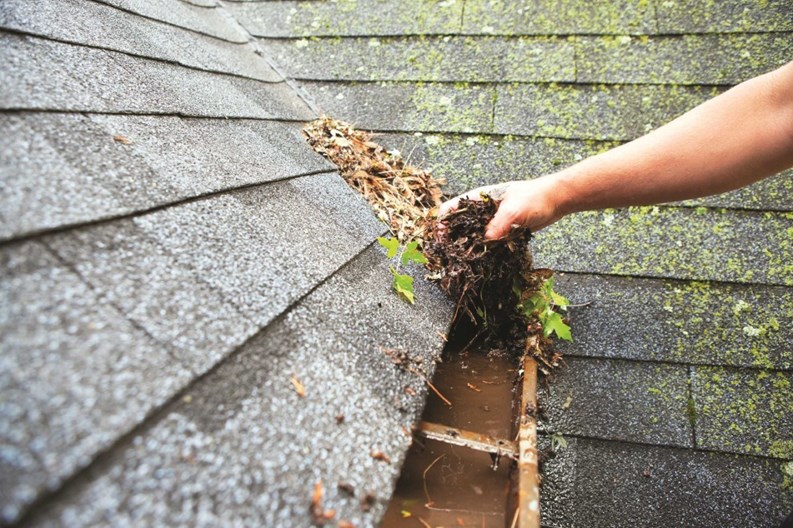
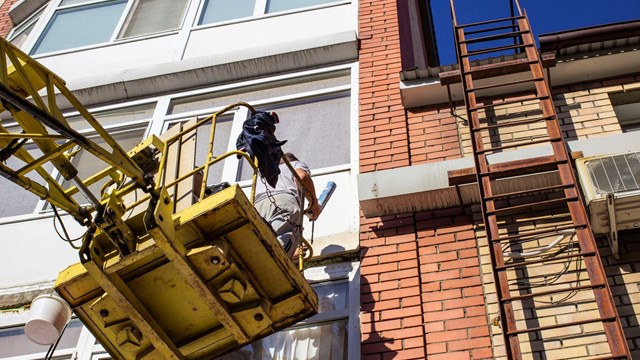
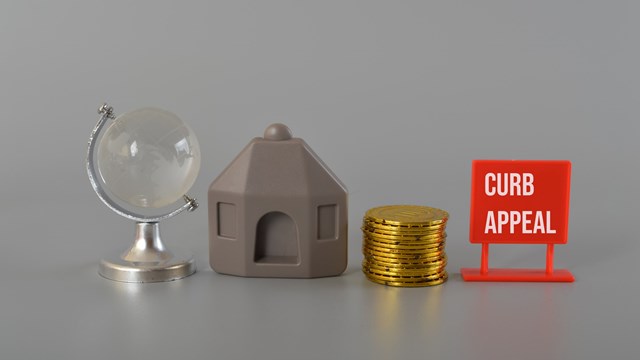

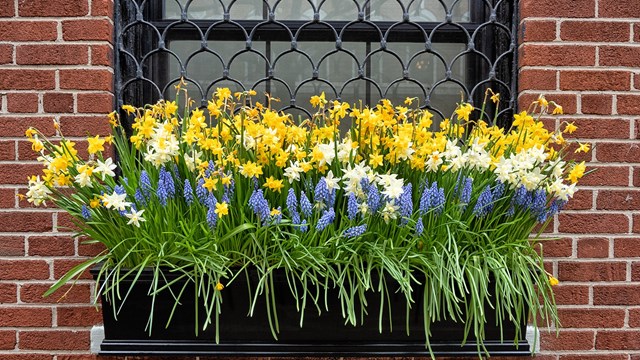
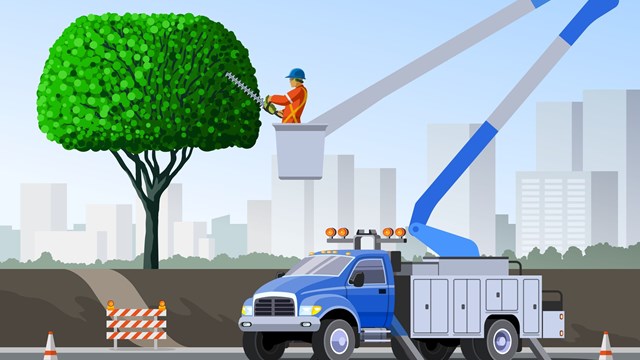

Leave a Comment